
Some wastewater treatment plants (WWTPs) use membrane bioreactors (MBR)…

Some wastewater treatment plants (WWTPs) use membrane bioreactors (MBR)…

Reverse osmosis (RO) is used to desalinate seawater and brackish groundwater, and to remove microscopic pathogens from treated wastewater…

The Australian water industry uses a variety of membrane processes to remove unwanted pathogens or compounds, such as salt, from source waters…
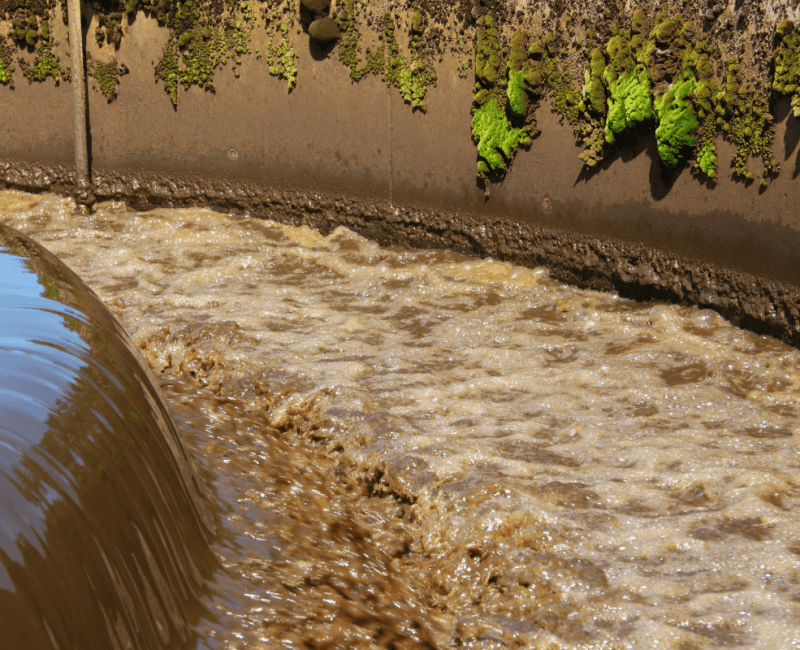
Sewage is delivered to wastewater treatment plants (WWTPs) where benign microbial organisms within ‘activated sludge’ vessels contribute to the removal of harmful pathogens from the sewage…

The ADWG explains policies but does not provide the specific steps and actions needed to apply risk management principles within a water treatment plant (WTP)…
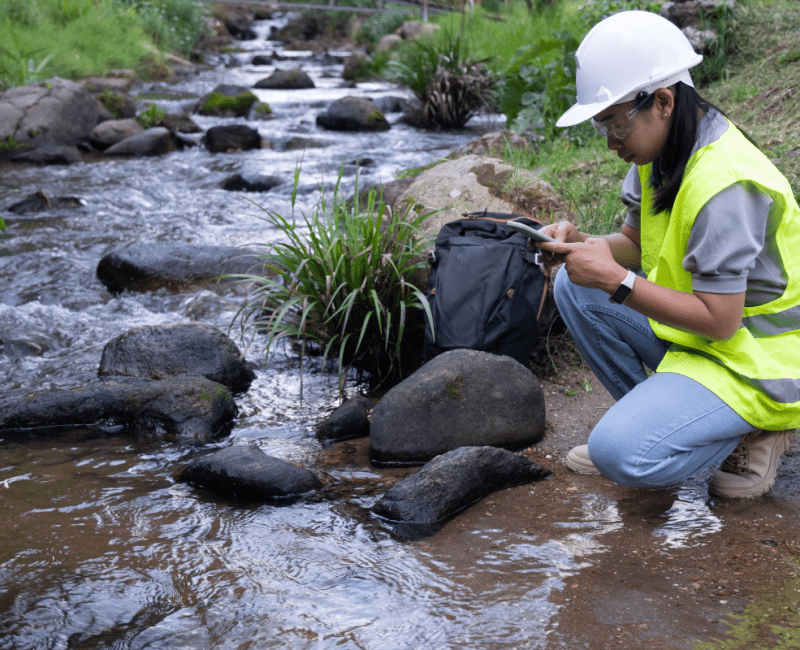
Microbial pathogens are removed from source waters to make safe drinking water. Health-based targets (HBTs) refer to the quantities of pathogens that will NOT cause illness, and water treatment plants (WTPs) must ensure that the numbers of pathogens in potable water are the same or lower than the HBTs…
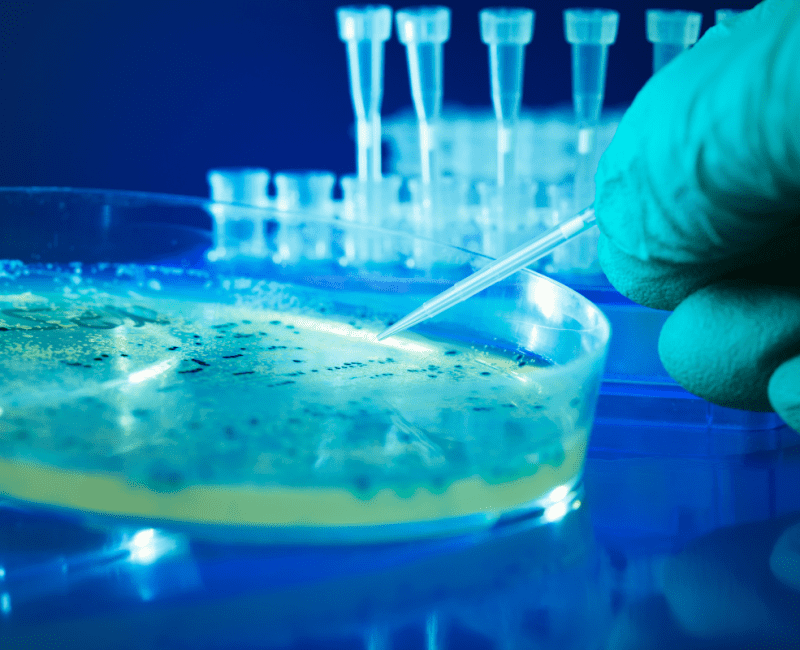
E. coli bacteria naturally populate the gastrointestinal tract of humans and animals; they are usually harmless and are commonly excreted…
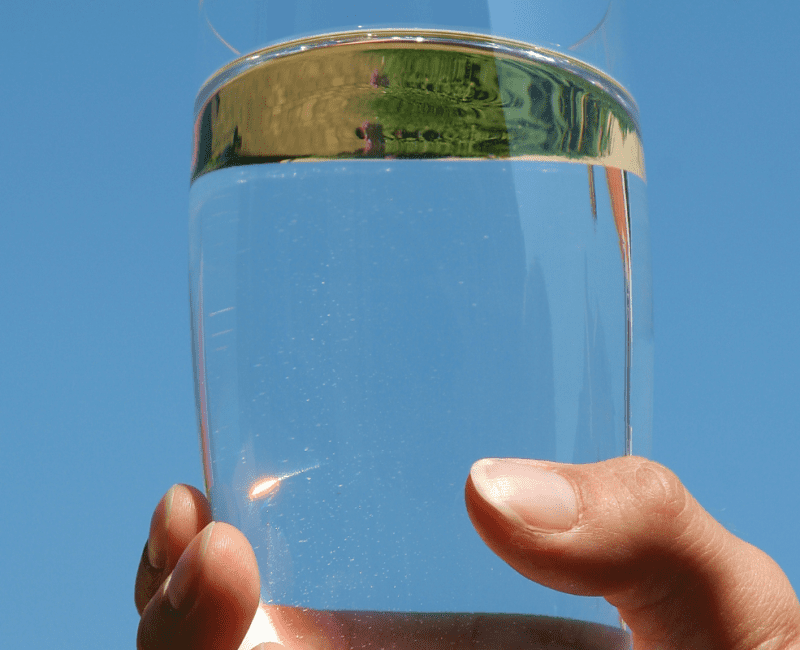
Disinfection is essential for removing harmful microbial pathogens and making safe drinking water but can also cause formation of disinfection by-products (DBPs), some of which pose a health risk…

In Australia, remote and regional communities frequently manage relatively small, isolated water treatment and waste management systems which have water quality and health risks characteristic of small-scale decentralised operations…
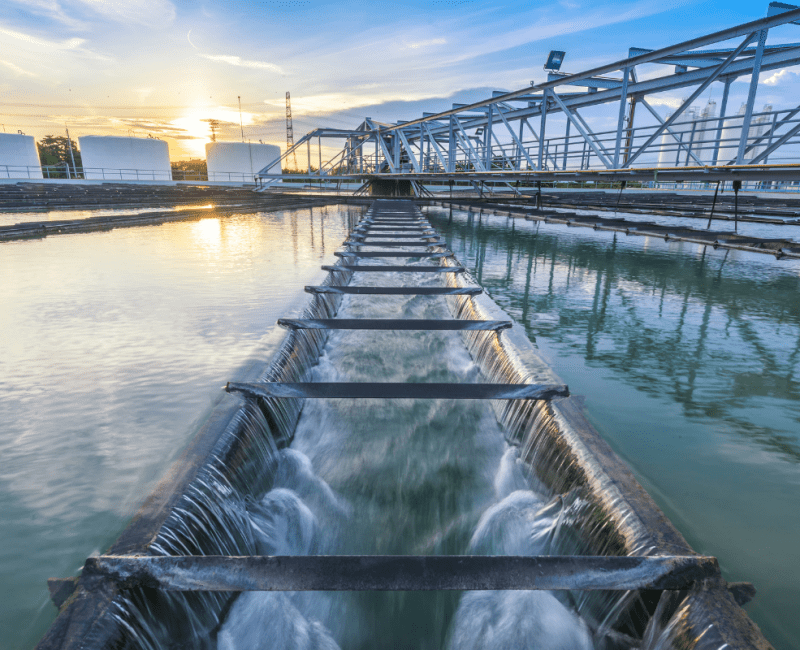
The ADWG prioritises the removal of microscopic pathogens (and the toxins some produce) from public drinking water supplies to prevent large scale outbreaks of illness…